
 |
|
|
Looking Ahead
Volume 58 Number 3 Date 05/16/2013 ALFALFA WEEVIL - Larvae are appearing in southern Wisconsin alfalfa. Counts during the period of May 13-15 varied from 1-19 per 100 sweeps and averaged three per 100 sweeps. Adults have also become increasingly prevalent in the last week, signaling that spring egg deposition has intensified. Surveys to evaluate larval populations and defoliation should begin by May 16 in the south and May 21 in the central counties. CODLING MOTH - The first moths of the growing season could emerge in orchards next week. Before then, apple growers are advised to closely examine traps for the look-alike, Proteoteras aesculana. This species, also referred to as the maple tip borer, appears one week earlier than the codling moth and is slightly smaller. BLACK CUTWORM - Migrants arrived in the state five weeks ago. An initial cutting date of May 28 is anticipated based on the first significant capture of moths on May 6-7. The annual trapping survey, which can forewarn of damaging larval populations, has yielded 252 moths in 30 traps this month. A comparatively small migration such as this one indicates a low risk for widespread outbreaks, although localized problems remain a possibility. Routine monitoring of susceptible corn fields will be required from emergence until the five-leaf stage (V5). EUROPEAN CORN BORER - Pupation of overwintered larvae began by May 13 in the south-central area. At current temperatures, the earliest moths could emerge from May 21-24 at advanced southern locations. Black light trapping cooperators concerned about this insect should have their traps in operation by early next week. GYPSY MOTH - The first aerial treatments of the year are tentatively planned for Friday, May 24 in Green, Iowa and Rock counties. Selected areas in each county, totaling approximately 1,774 acres, will receive an application of Bacillus thuringiensis var. kurstaki, or Btk. Treatment is scheduled for the following week in Grant and Lafayette counties. Aerial spraying is weather-dependent. Conditions such as high winds, rain predicted within four hours, fog, or high humidity can cause delay or cancellation of spray schedules. -- Krista Hamilton, DATCP Entomologist 
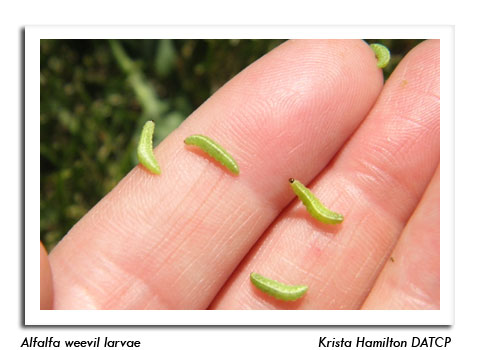
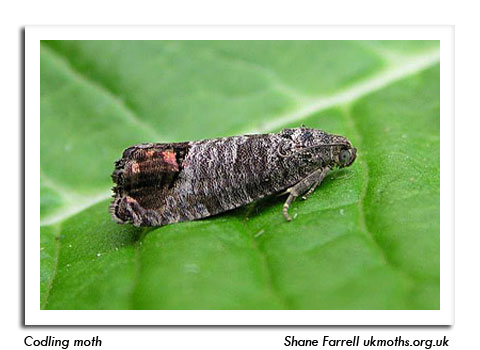
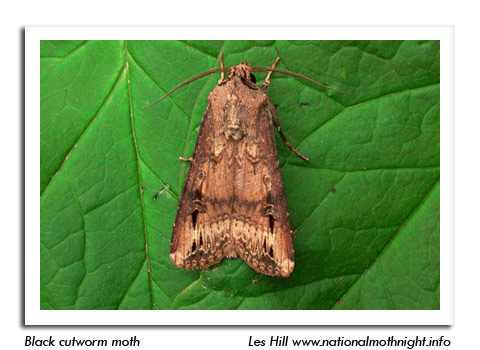
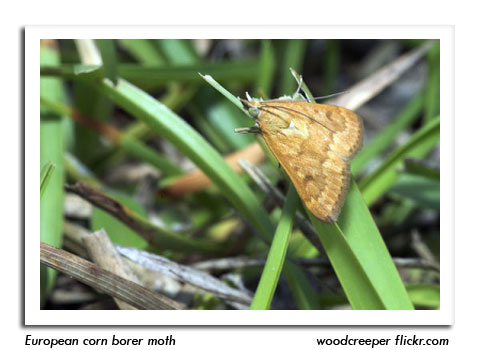
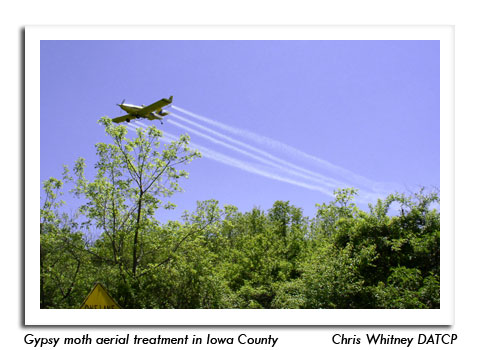
|
|
|